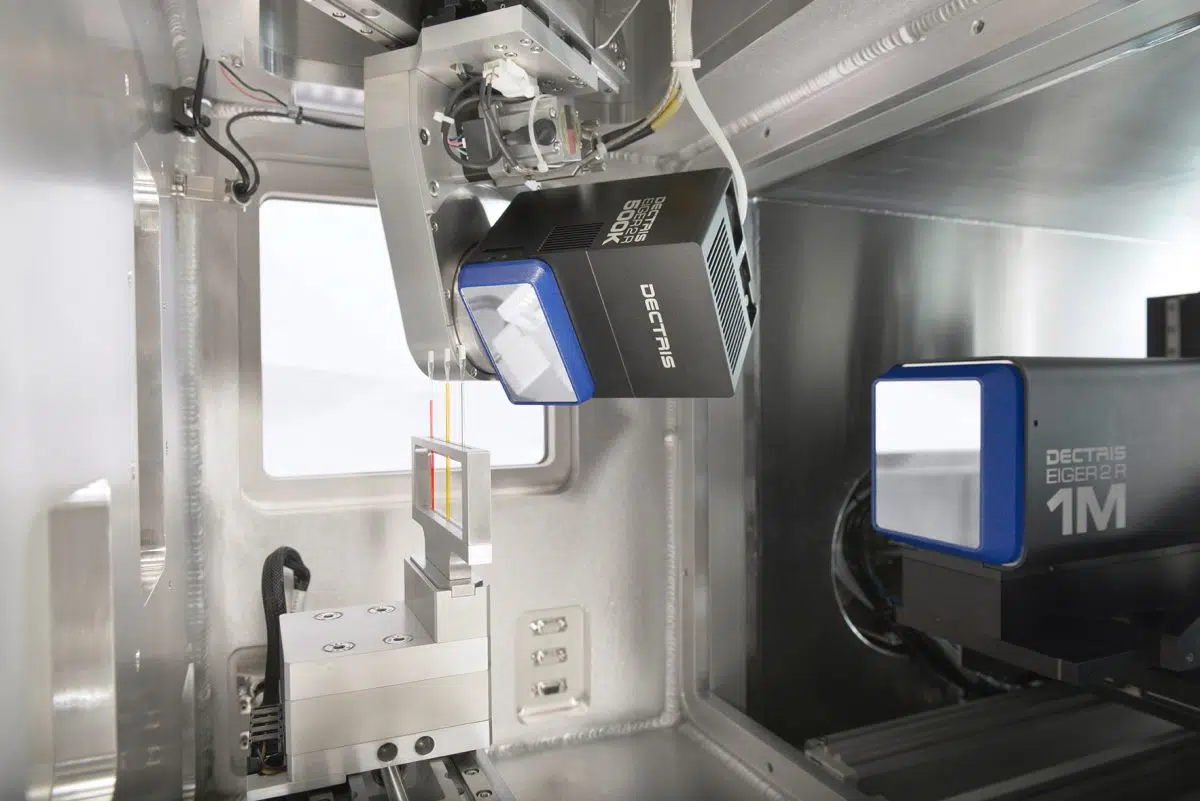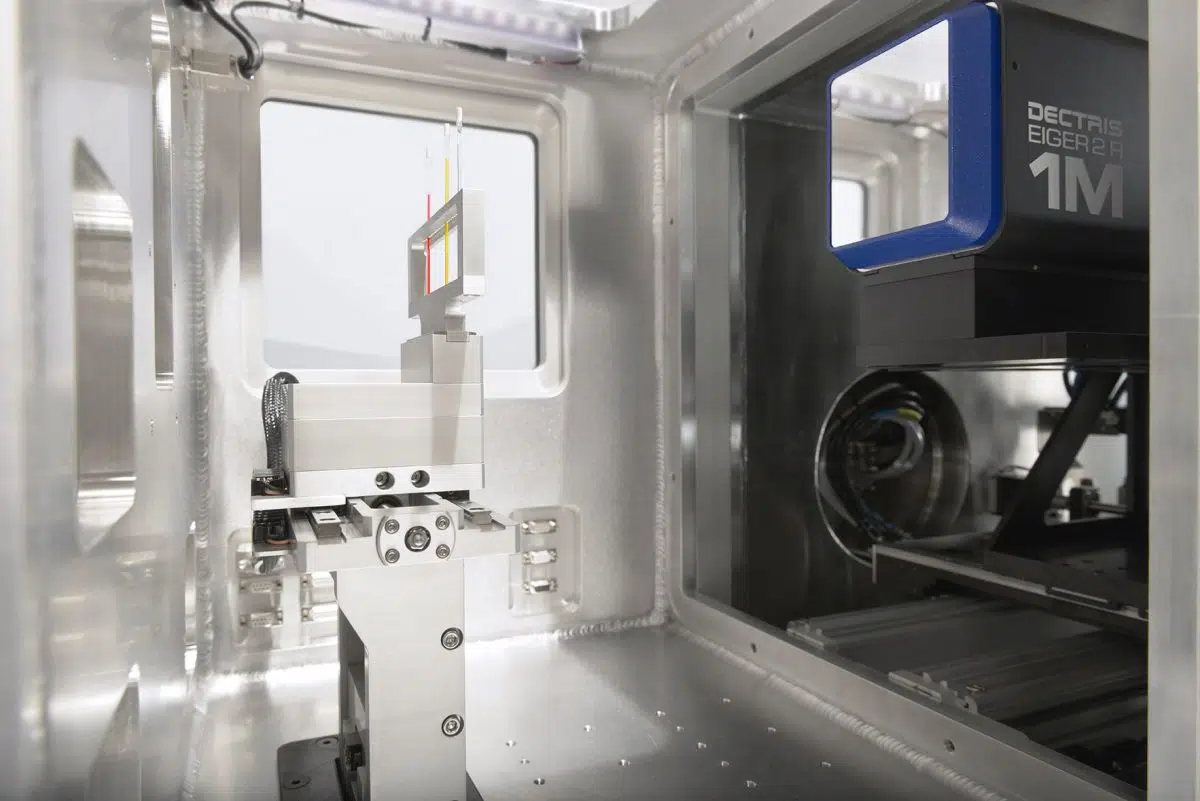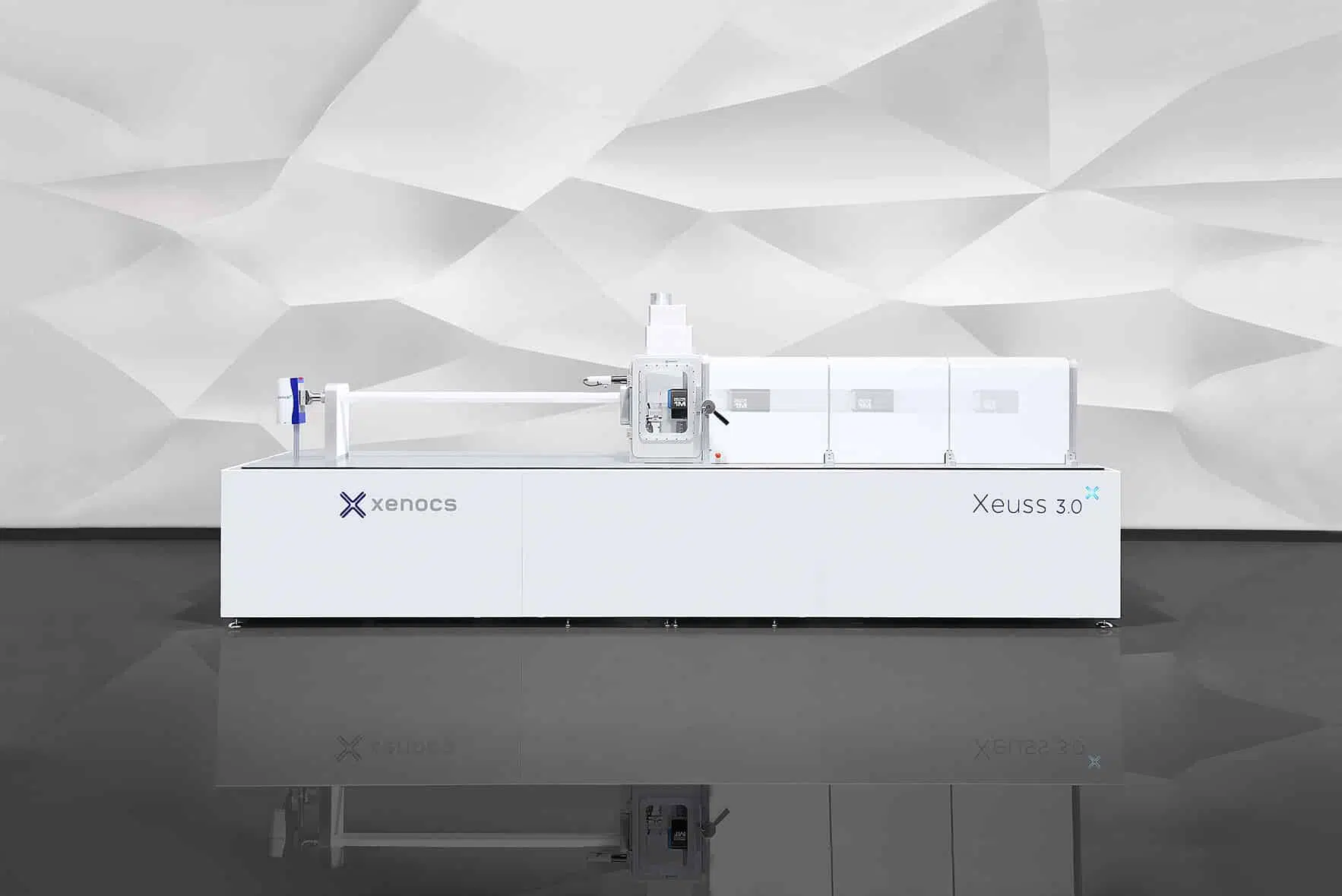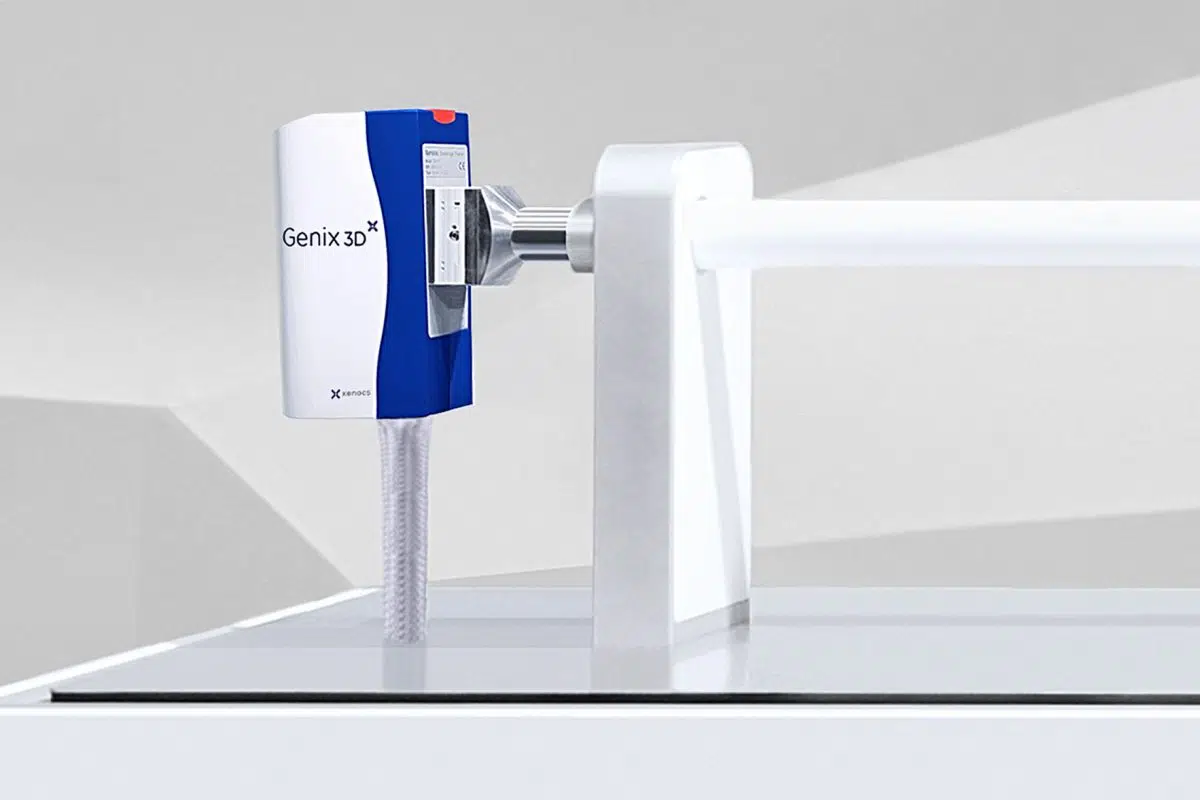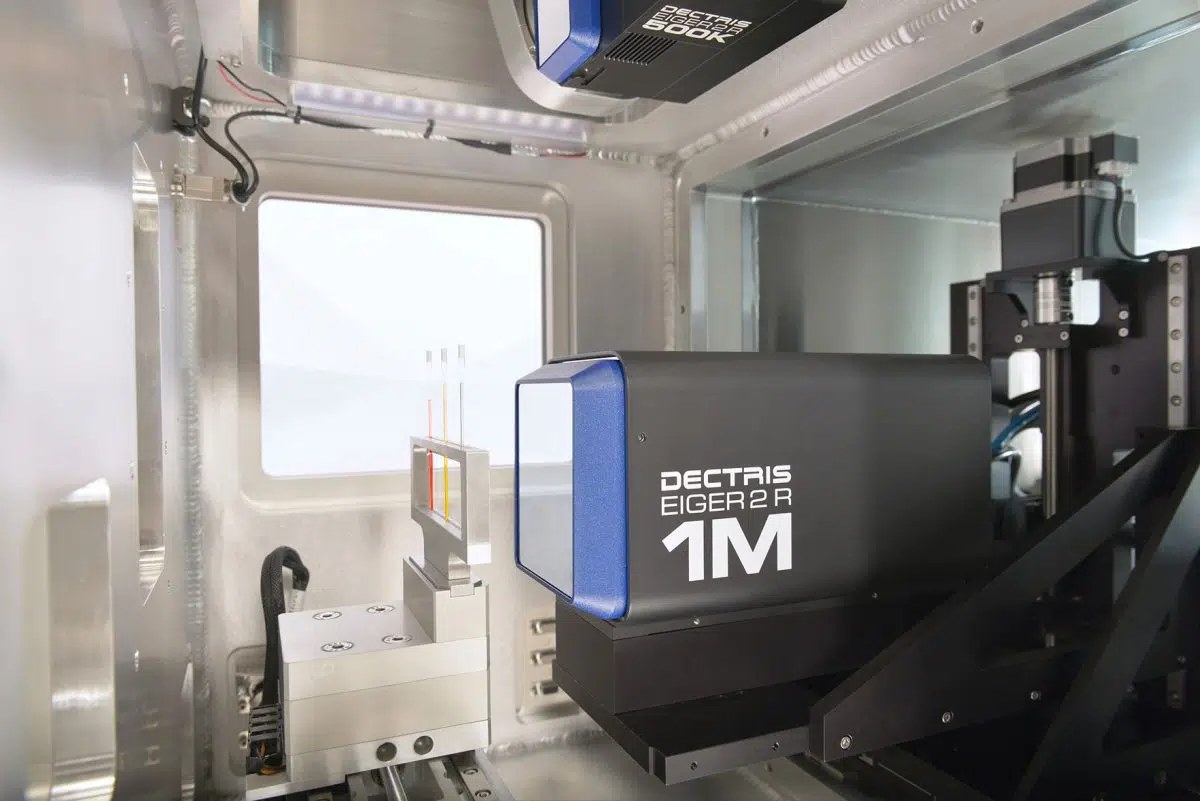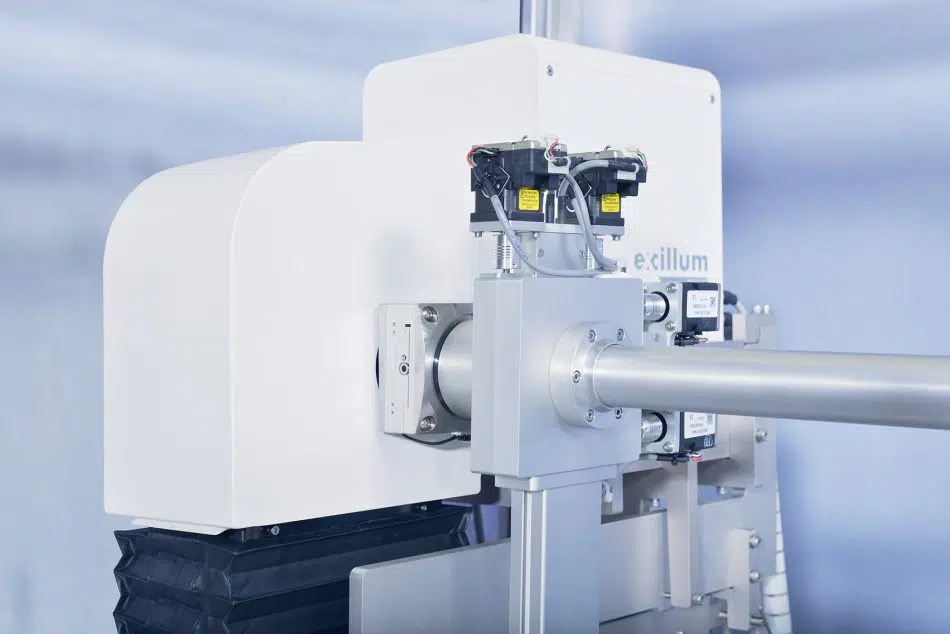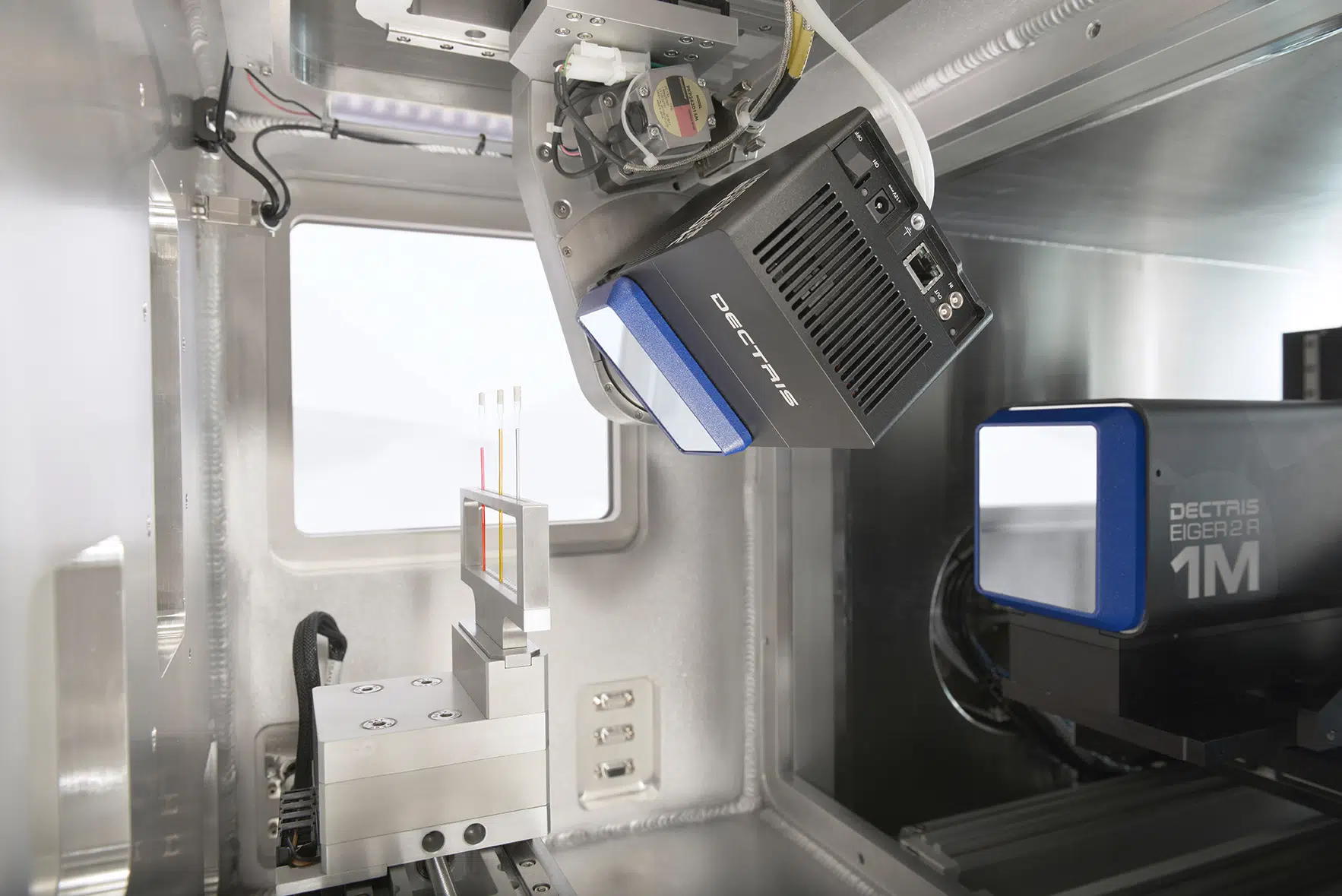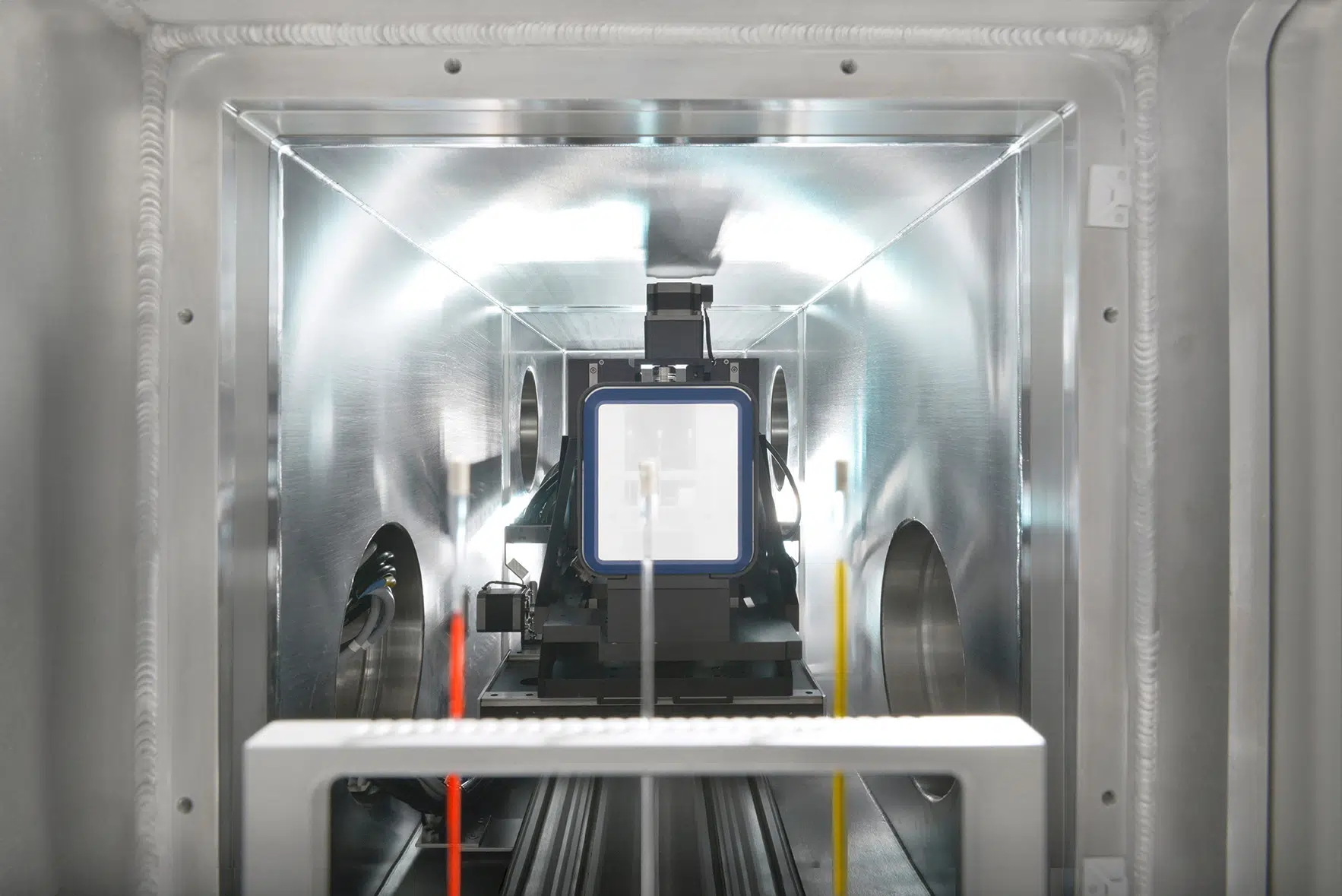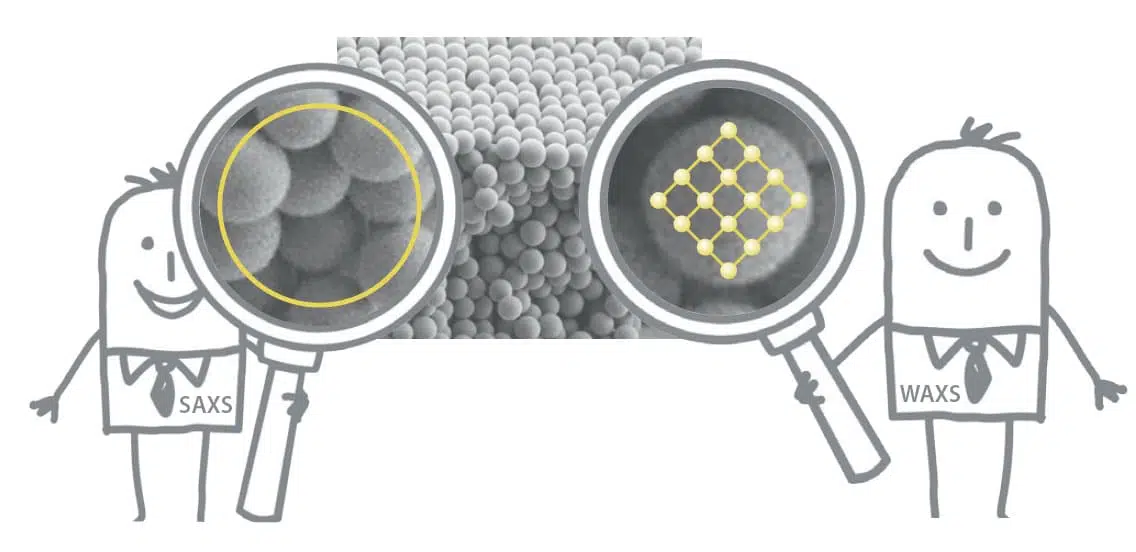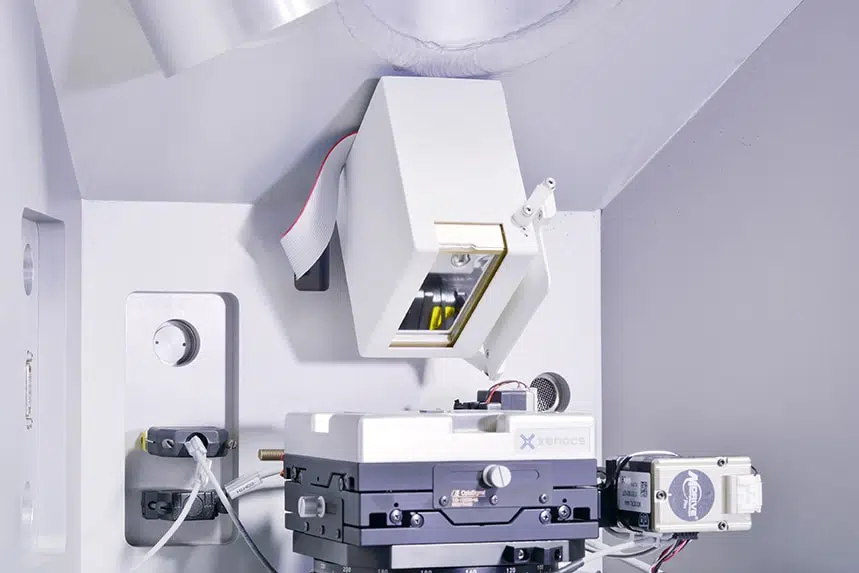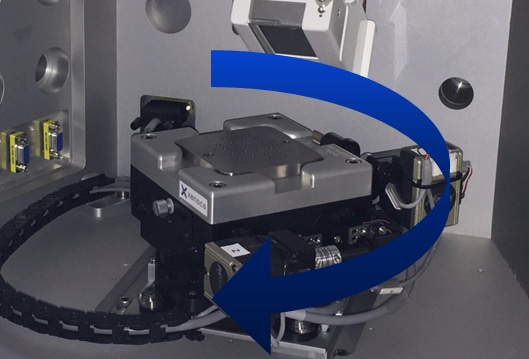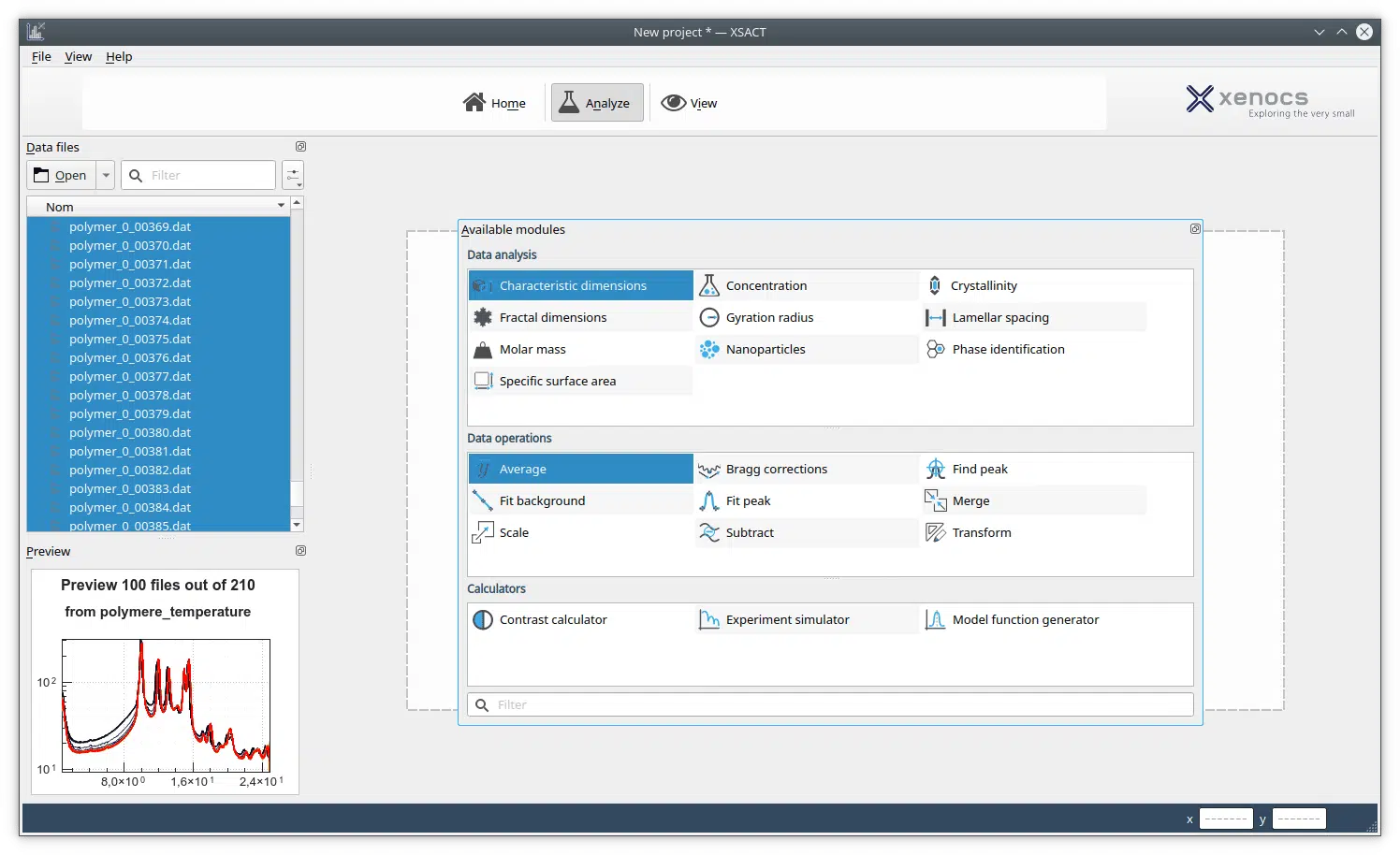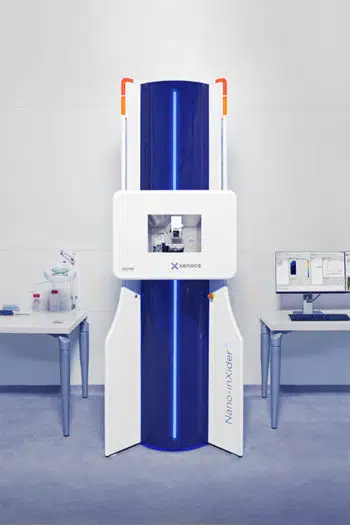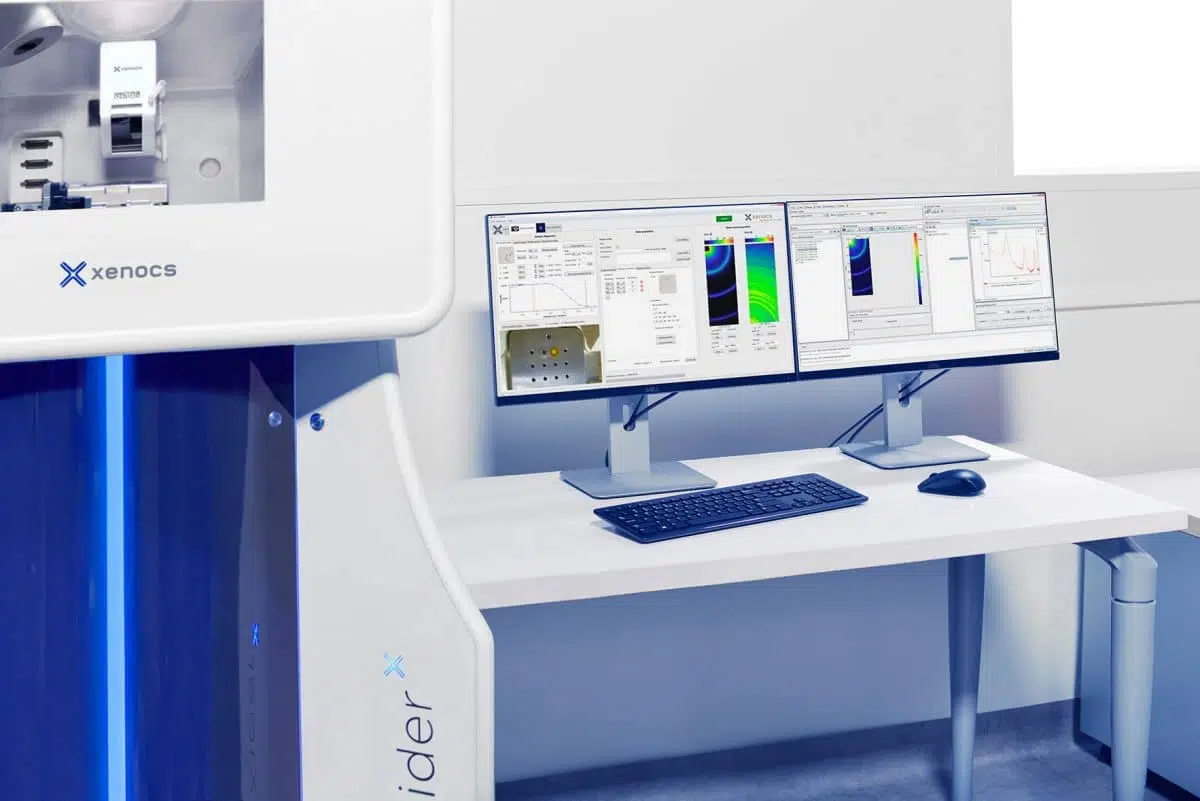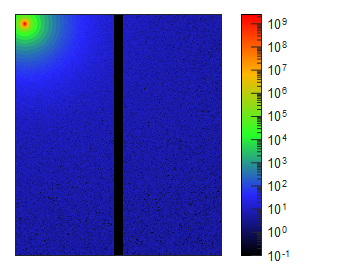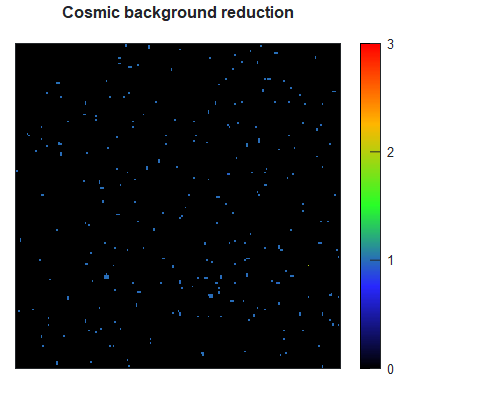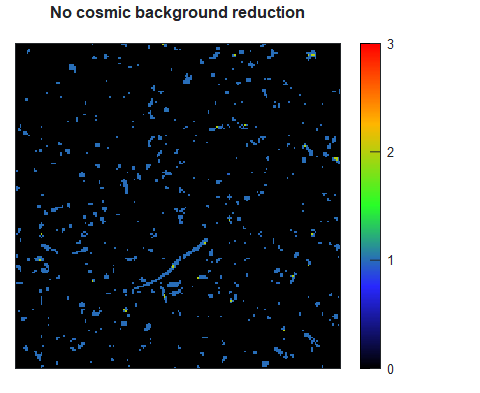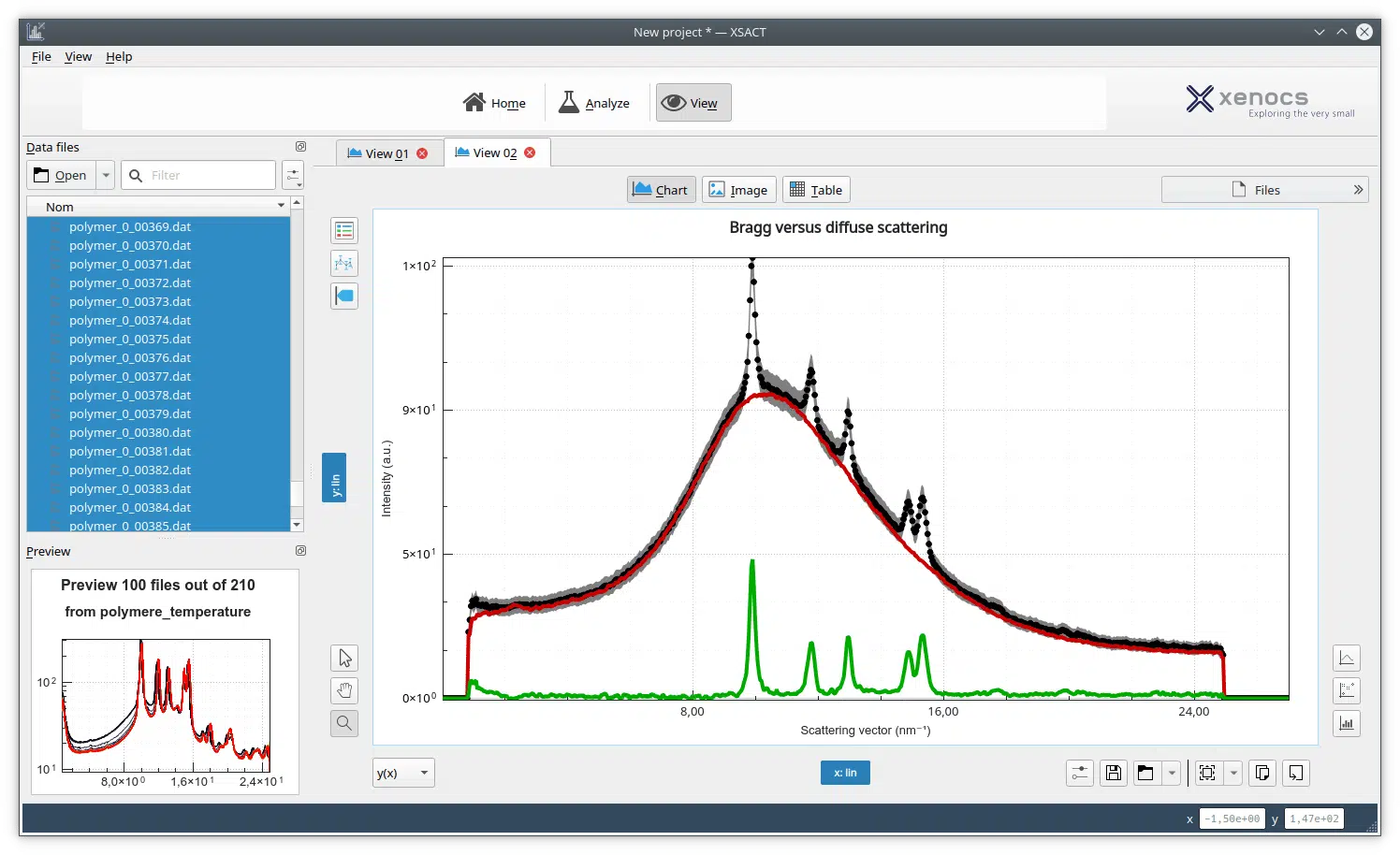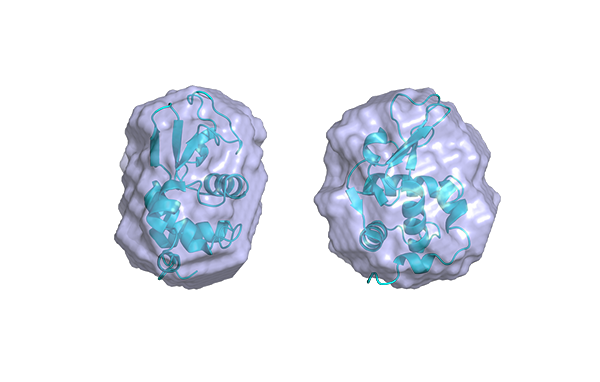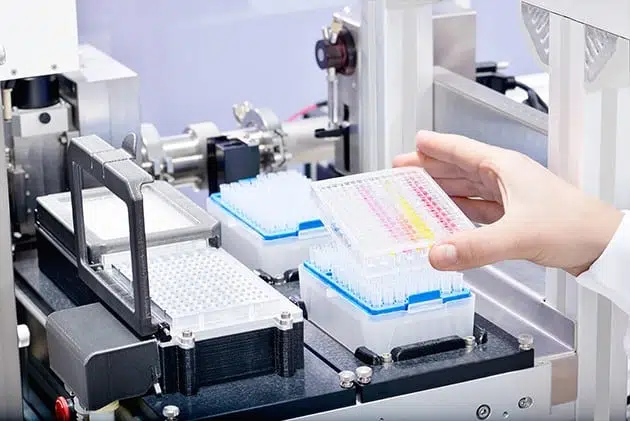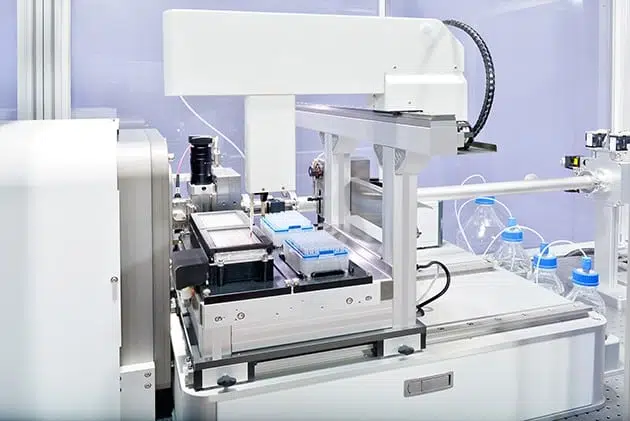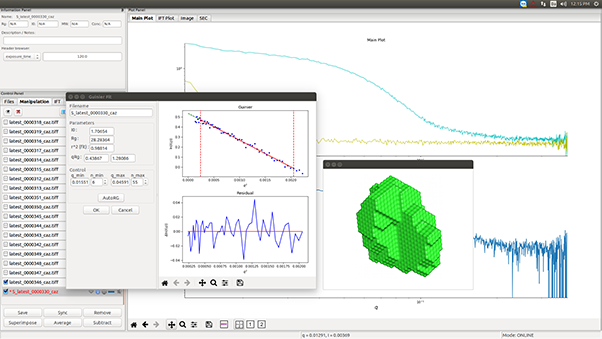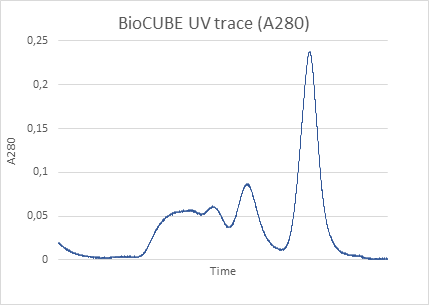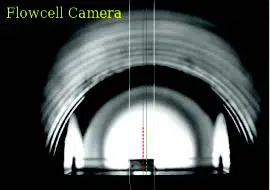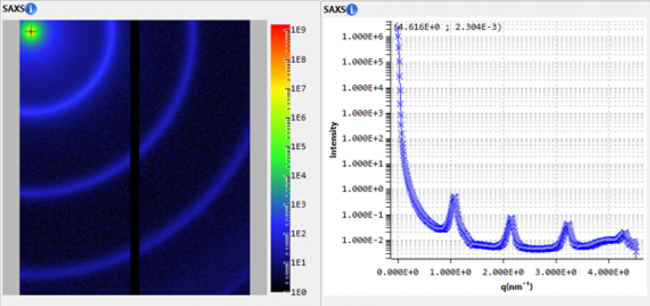Pratap, Shambhavi; Keller, Elisabeth; Müller-Buschbaum, Peter
Emergence of lead halide perovskite colloidal dispersions through aggregation and fragmentation: insights from the nanoscale to the mesoscale
The structural and optoelectronic properties of mixed halide perovskite colloidal precursor dispersions are investigated. With increasing concentration, we observe four stages of growing structures, which affect the thin film morphology: (I) nanoparticles, (II) increasing size of nanoparticles, (III) formation of large aggregates/complex clusters and (IV) fragmentation of large
Effect of Solvent Additives on the Morphology and Device Performance of Printed Nonfullerene Acceptor Based Organic Solar Cells
Wienhold, Kerstin S.; Körstgens, Volker; Grott, Sebastian; Jiang, Xinyu; Schwartzkopf, Matthias; Roth, Stephan V.; Müller-Buschbaum, Peter
Printing of active layers of high-efficiency organic solar cells and morphology control by processing with varying solvent additive concentrations are important to realize real-world use of bulk-heterojunction photovoltaics as it enables both up-scaling and optimization of the device performance. In this work, active layers of the conjugated polymer with benzodithiophene…
Revisiting the Role of Graphene Quantum Dots in Ternary Organic Solar Cells: Insights into the Nanostructure Reconstruction and Effective Förster Resonance Energy Transfer
Sung, Sae Jin; Kim, Jae Ho; Gihm, Se Hoon; Park, Jisoo; Cho, Young Shik; Yang, Seung Jae; Park, Chong Rae
Recent studies have introduced the graphene quantum dot (GQD) as a third material for the bulk-heterojunction polymer:fullerene solar cell (PSC) to improve light conversion efficiency. Although exciton generation/dissociation and carrier transport in the GQD-incorporated light-absorbing layer are strongly influenced by the ternary component, detailed analysis on the role of GQD…
Enhanced gas barrier property of stacking-controlled reduced graphene oxide films for encapsulation of polymer solar cells
Sung, Sae Jin; Park, Jisoo; Cho, Young Shik; Gihm, Se Hoon; Yang, Seung Jae; Park, Chong Rae
Compact stacking of building blocks is essential in order to utilize the impermeable nature of reduced graphene oxide (rGO) for encapsulating barriers in organic electronics. To obtain the desired accumulation characteristic, rGO films were fabricated via spraying process using phase-controlled graphene oxide (GO) dispersion. The rGO laminate prepared from the…
Highly Crystalline Near-Infrared Acceptor Enabling Simultaneous Efficiency and Photostability Boosting in High-Performance Ternary Organic Solar Cells
Yin, Hang; Zhang, Chujun; Hu, Hanlin; Karuthedath, Safakath; Gao, Yajun; Tang, Hua; Yan, Cenqi; Cui, Li; Fong, Patrick W. K.; Zhang, Zhuoqiong; Gao, Yaxin; Yang, Junliang; Xiao, Zuo; Ding, Liming; Laquai, Frédéric; So, Shu Kong; Li, Gang
The near-infrared (NIR) absorbing fused-ring electron acceptor, COi8DFIC, has demonstrated very good photovoltaic performance when combined with PTB7-Th as a donor in binary organic solar cells (OSCs). In this work, the NIR acceptor was added to state-of-the-art PBDBT-2F:IT4F-based solar cells as a third component, leading to (i) an efficiency increase…
Overcoming the energy loss in asymmetrical non-fullerene acceptor-based polymer solar cells by halogenation of polymer donors
Fan, Qunping; Liu, Tao; Gao, Wei; Xiao, Yiqun; Wu, Jingnan; Su, Wenyan; Guo, Xia; Lu, Xinhui; Yang, Chuluo; Yan, He; Zhang, Maojie; Li, Yongfang
To achieve efficient polymer solar cells (PSCs), it is important to overcome the energy loss (Eloss) from the optical bandgap to the open-circuit voltage (Voc) of the device by properly matching donor/acceptor (D/A) photovoltaic materials. Here, we develop efficient PSCs based on the absorption complementary pairs of halogenated polymer donors…
Large Crystalline Domains and an Enhanced Exciton Diffusion Length Enable Efficient Organic Solar Cells
Zhang, Yiwei; Sajjad, Muhammad T.; Blaszczyk, Oskar; Parnell, Andrew J.; Ruseckas, Arvydas; Serrano, Luis A.; Cooke, Graeme; Samuel, Ifor D. W.
We studied crystallinity and exciton harvesting in bulk heterojunctions of the semiconducting polymer PffBT4T-2OD and electron acceptor PC71BM that are used to make highly efficient organic solar cells. Grazing incidence wide-angle X-ray scattering shows that the size of crystalline domains of PffBT4T-2OD increases to ?18 nm in photovoltaic blends upon…
Highly Ordered Semiconducting Polymer Arrays for Sensitive Photodetectors
Wei, Xiao; Gao, Hanfei; Feng, Jiangang; Pi, Yueyang; Zhang, Bo; Zhai, Yu; Wen, Wen; He, Mingqian; Matthews, James R.; Wang, Hongxiang; Li, Yang; Jiang, Shimei; Jiang, Lei; Wu, Yuchen
Semiconducting conjugated polymers possess attractive optoelectronic properties and low-cost solution processability and are inherently mechanically flexible. However, the device performance is susceptible to the fabrication methods because of the relatively weak intermolecular interaction of the polymers and their inherent conformational and energetic disorder. An efficient fabrication technique
Surface modification of ZnO electron transport layers with glycine for efficient inverted non-fullerene polymer solar cells
Zhu, Xiaoqian; Guo, Bing; Fang, Jin; Zhai, Tianshu; Wang, Yanan; Li, Guangwei; Zhang, Jianqi; Wei, Zhixiang; Duhm, Steffen; Guo, Xia; Zhang, Maojie; Li, Yongfang
Interfacial engineering is crucial to improve the photovoltaic performance of polymer solar cells (PSCs). In this study, we demonstrate efficient inverted non-fullerene PSCs with ZnO modified by nontoxic glycine (Gly) as the electron transport layer (ETL). With the modification of Gly, work function of the ETL interlayer was decreased from…
Controlling the pore size in conjugated polymer films via crystallization-driven phase separation
Guo, Shaowen; Lu, Yaguang; Wang, Binghua; Shen, Changyu; Chen, Jingbo; Reiter, Günter; Zhang, Bin
A wide range of possible applications in sensors and optoelectronic devices have focused considerable attention on porous membranes made of semi-conducting polymers. In this study, porous films of poly(3-hexylthiophene) (P3HT) were conveniently constructed through spin-coating of solutions of a blend of P3HT and polyethylene glycol (PEG). Pores were formed by…






